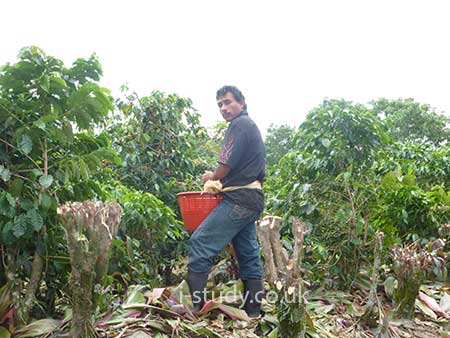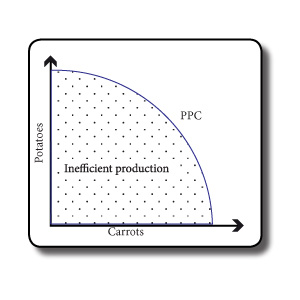Revision notes for IGCSE Economics; scroll down and click on the drop-down menus to view content!


Basic Economic Problem
The basic economic problem is that people have unlimited wants but there are are limited resources to satisfy these wants.
Decisions have to be made about how best to use the resources to satisfy as many of the wants as possible.
Needs are the things that are essential for people to live adequatley.
Wants are the luxuries that people desire to make their life more comfortable
Tasks
Make a a copy of table 1.1 and fill it in with other needs and wants that you can think of.
Needs |
Wants |
| Food and water | steak, chips, ice cream |
| Shelter | ? |
| Clothing | ? |
| Medical care | ? |

Land
The land for farming and building on, but it also includes the resources under the land (coal, minerals, metals etc), the resources on the land (forests, lakes etc) and the fish stocks in the sea.
The supply of land is relatively fixed but the quantity of resources on/in it can change considerably due to human activities such as mining, fishing, forestry etc.
The quality of land can be degraded through erosion or loss of soil quality due to intensive farming techniques.

Labour
Labour is the human effort used to produce an item, bithe mentally and physically.
The supply of labour is determined by the number of workers available and the duration that they can work for.
Factors that affect the supply of labour are:

Capital
Capital is anything that is used to produce other goods and services rather than being used for its own sake (machinery, tools, offices etc).
There are two main classifications of capital:
Working capital: this is used up in the process of production (raw materials, seeds etc).
Fixed capital: longer lasting and not used up in the production process (machinery, warehouses etc).

Enterprise
This is the decision making and risk bearing in business by an entrepreneur. An entrepreneur has to organise the factors of production, decide what to produce and how much to produce.
Some risks can be insured against (fire, theft etc), but others such as increases in costs of raw materials or increased competition cannot.
The reward for taking the risk and getting it right is profit, however the risk is losing money and being forced out of business.

Opportunity Cost
This is the cost of the best alternative that is given up when a decision is made. This can be applied to products that we buy, the jobs that we undertake and the products firms decide to make. Private firms generally base their decisions according to which product will maximise their profit.
The Production Possibility Curve (PPC) indicates the points at which factors of production are being used most efficiently. It is sometimes also known as the Production Possibility Frontier (PPF).
Any point to the left of the curve means that resources are not being used to their potential (uemployed labour, land not being used etc).
The curve can be moved outwards to the left through the discovery of new resources, new technologies that increase efficiency or through increases in the quality of the factors of production.
It is also known as the Opportunity Cost Curve as it shows the opportuntiy cost of producing more of one product.

Economics Revision e-Guides and e-Textbooks